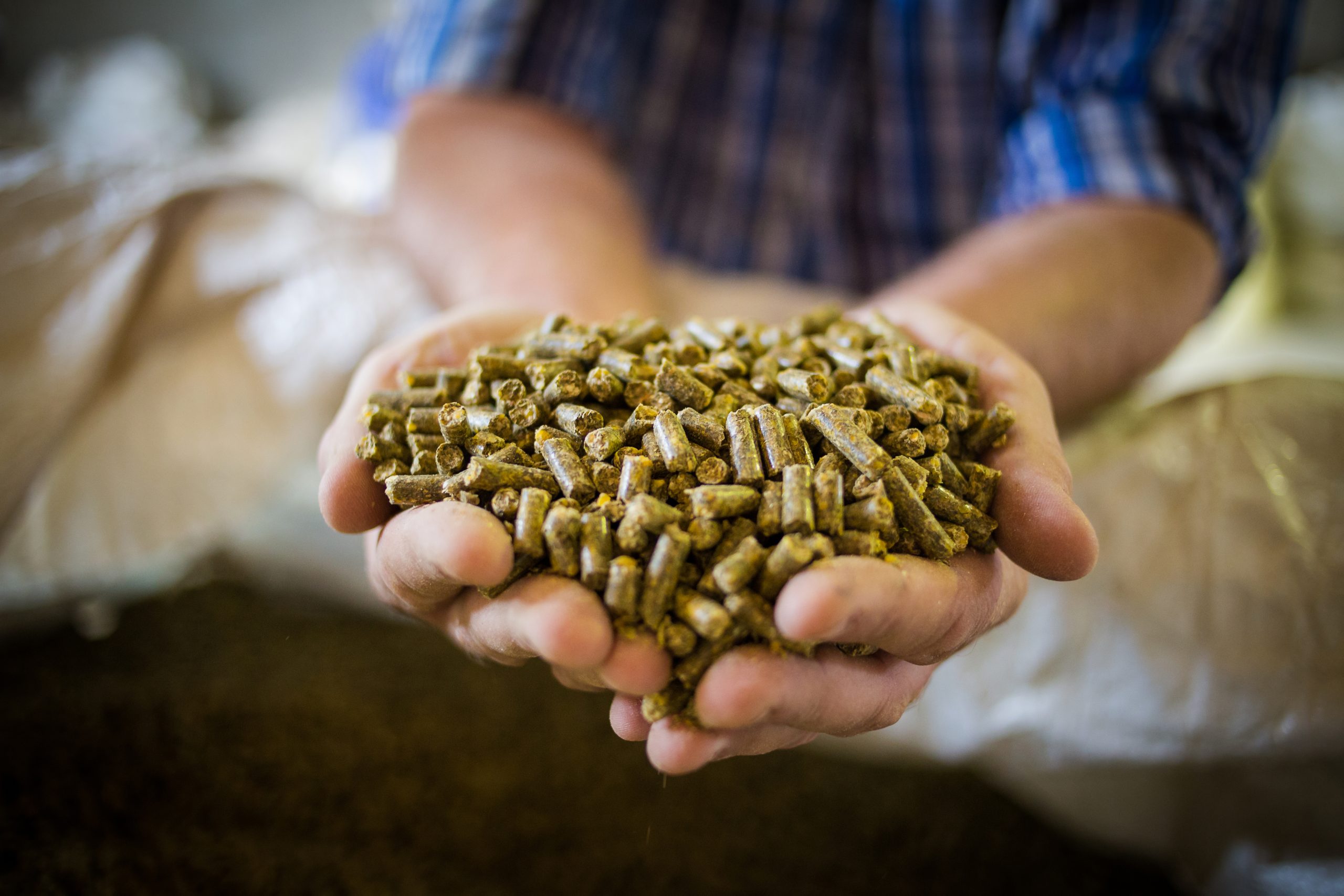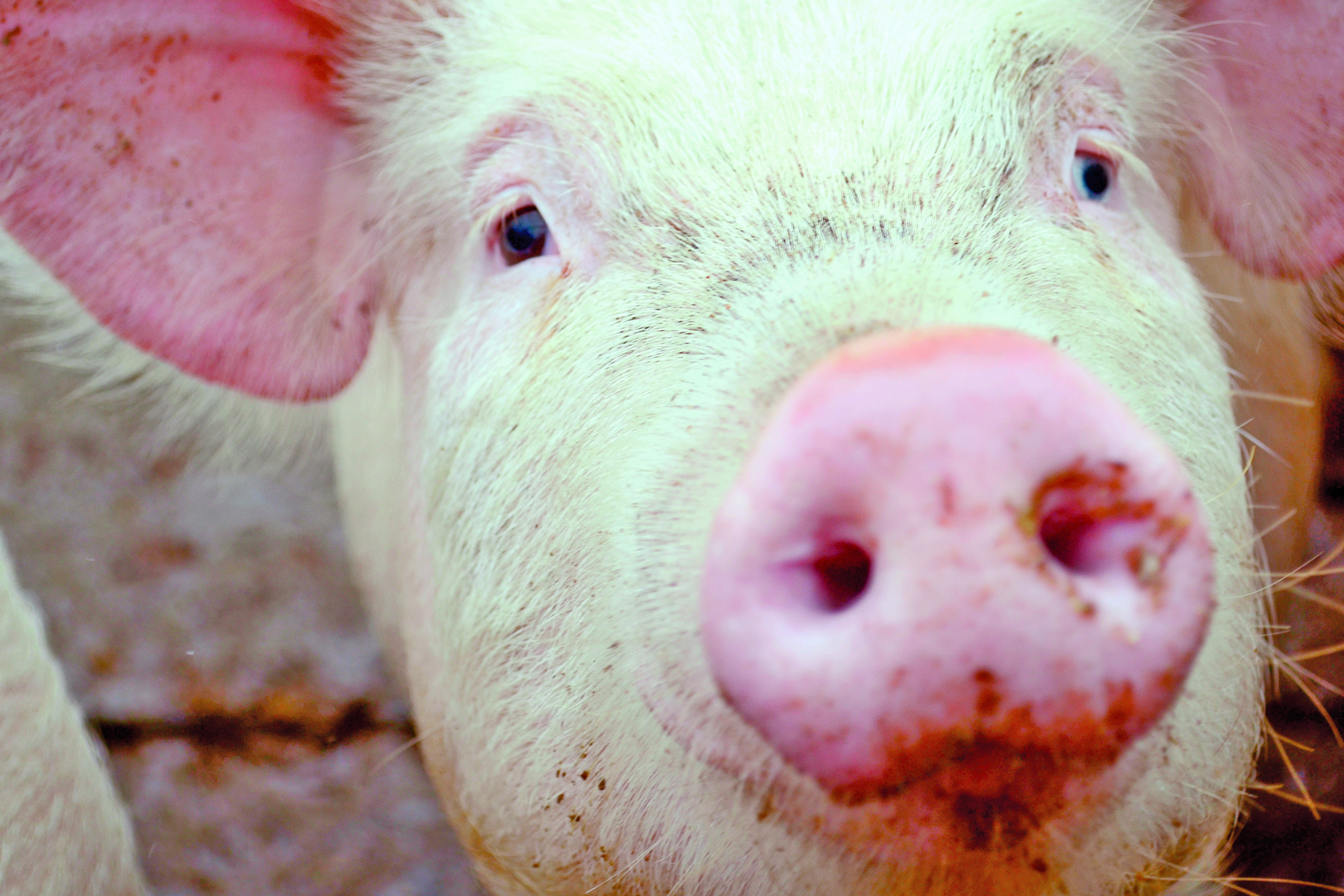

Be it poultry, beef, pork, fish or shellfish, one of the major challenges of modern animal husbandry across the globe is the sustainable, efficient improvement of animal welfare. This term refers to a number of factors that indicate improvement in animal welfare, including barn climate, behaviour, health and hygiene. These are broadly based on the Five Freedoms developed by the UK Farm Animal Welfare Council: 1. Freedom from hunger and thirst; 2. Freedom from discomfort; 3. Freedom from pain, injury and disease; 4. Freedom to express normal behaviour; 5. Freedom from fear and distress. All these factors are closely related to a very important aspect of animal husbandry: feeding.
Feed additives can achieve a lot
Needs-based feeding is one of the main prerequisites for animal-friendly husbandry and healthy animals. Feed additives in particular can have a positive impact on critical animal welfare indicators. It is precisely here that plant-based feed additives, specially developed to sustainably improve animal welfare and support the implementation of various animal welfare measures, can help. Just like the tailor-made products of industry pioneer Dr Eckel Animal Nutrition.
In this way, producers can already target the well-being and health of the animals at the feeding stage. Phytogenic additives for instance support the animal’s own immune system or gastrointestinal health. This is not only beneficial to food intake, it also improves faeces consistency and consequently litter quality, barn hygiene and footpad health. Other plant extracts have a calming effect on stressed animals, reducing stress-related behaviour such as tail biting and feather pecking. Essential oils promote lung function. Ultimately, this can reduce the use of medication, particularly antibiotics. Feed additives make animals stronger, help increase their vitality and enhance their well-being. This enables them to cope better with the daily challenges of life.
Animal welfare pays off—for all
Such product solutions demonstrate that an animal-friendly, sustainable and profitable production is possible. Feed manufacturers acquire high-quality additives that meet the special requirements of modern feeding strategies. This enables them to provide their customers with effective solutions for improving animal welfare. Producers, breeders and farmers benefit from their animals’ stronger general condition and better performance. The result: increased efficiency and sustainability. And the animals themselves present fewer stress-related symptoms, fewer inflammations, a better immune system, and improvement in their well-being. That is how animal welfare starts with the feed.

A new livestock strategy should help farmers develop farm structures and prepare themselves adequately for the future. The North Rhine-Westphalian (NRW) Ministry of Agriculture explained the implications of such a strategy for pig farming at a press conference at the end of January. According to Agriculture Minister Ursula Heinen-Esser, pig farming cannot carry on without implementing radical change.
Indeed, the minister has set herself the goal of finding a balance between the increasing requirements of animal welfare, environmental protection, building regulations, the economy, social issues and social acceptance. The new livestock strategy should help farmers develop successful structural changes early on. The development of livestock production will be as comprehensive as possible, and will include possible changes in the existing farm and marketing structures. The ‘barn of the future’ is a cornerstone of this livestock strategy.
Together with the NRW Chamber of Agriculture, the Ministry of Agriculture is currently building new barn systems for pig farming. Two fattening barns at Haus Düsse, an experimental farm of the Chamber of Agriculture in Bad Sassendorf, are planned. These should meet the level-two and -three requirements of the state animal welfare label, and include a completely new outdoor run concept with green, climate-controlled areas and pig toilet. These barn systems will serve as a model for future building projects. The ‘barn of the future’ is to be financed entirely by state funds. The new barns should be ready by 2022.
Another issue the livestock strategy aims to promote is dispensing with tail docking in piglets. It plans to achieve this by improving pig production conditions to such an extent that keeping undocked pigs becomes the norm. Additionally, even more effort should be put into prophylactic measures that address the causes of disease, to further reduce the use of medication in pig farming.
We welcome the emphasis the livestock strategy places on recent developments in feed management and emission reduction methods. It shows that policymakers have now also understood that optimised feeding is the first step to improving sustainability and animal welfare. Let’s do it!